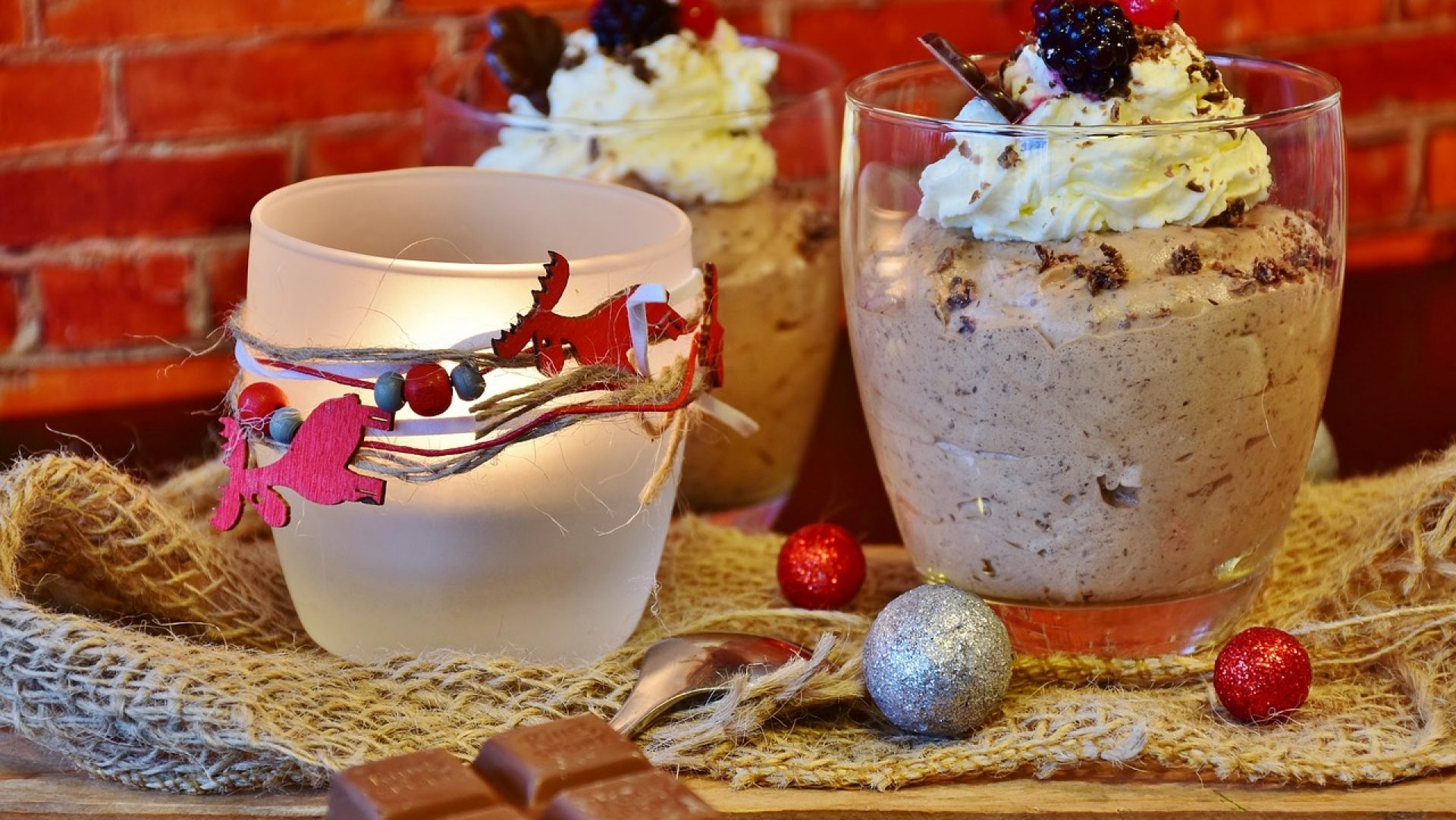If you find your horse’s hooves smelling foul and having a black discharge, it’s most likely because of thrush.
Thrush is an infection that happens in the collateral and central grooves of the hoove’s frog. Despite the obvious signs you can see on the hooves, thrush doesn’t make your horse uncomfortable.
Even so, it’s important to treat this infection as soon as possible. It not only gives your horse’s feet a horrendous smell, but it can also lead to something worse.
Spherophorus neaophorus is the organism that feeds on the frog tissues and leaves a black discharge on its surface.
* Unhygienic environment
A horse that stands most of the day in its bedding, soaking in urine, is vulnerable to thrush. The damp and dirty environment are a perfect setting for anaerobic bacteria that causes thrush to grow.
* Deformed or injured hoof and poor foot maintenance
If the hoof, especially the frog, is deformed due to an injury, that may also cause thrush. A gap in the frog can be packed with dirt or sand. Not cleaning the hoof regularly can cause irritation and thrush.
Also, incorrect shoeing can lead to frog damage. This may create an infection that might eventually cause thrush.
TREATMENT
Treating thrush requires a lot of time and effort. As the bacteria live in even the smallest cracks in the hooves, simply pouring on liquid products won’t help.
Here’s an easy-to-follow thrush treatment that you can do. This method will treat thrush without harming the delicate frog tissues.
a) First, create a makeshift swab with some cotton and a hoof pick.
b) Soak the swab in thrush liquid solution that you can buy from a store. You can also use bleach.
c) Apply the solution to the sides of the frog. Try to get into all the tiny crevices. It’s okay to apply a little pressure while doing this.
d) Swab the frog’s cleft and other cracks on the surface.
While using this technique, you’ll see that the cotton swab you made will become darker. This means that it’s picking up dead tissue, as well as the black discharge. Continue with the method above until the swab comes out as clear as it went in.
This is an effective method that you should do daily. If you don’t have the time, it’s best to call a vet to treat your horse’s thrush immediately.
Also, you should start clearing up your horse’s living environment. Make sure to keep it clean and dry regularly.
PREVENTION
Whether your horse is recovering, or hasn’t been infected ever since, it’s important to carry out preventive measures against thrush. There are two essential things that you must do.
First, you must always keep their environment clean and dry. A change in your horse’s living conditions will drastically lower its chances to get thrush.
Second, keep your horse’s hooves well-maintained. Apply a 50/50 solution of bleach and glycerin onto the hoof. This will prevent the growth of the thrush-causing organism in the hooves.
